Robots have been around for decades, and the definition of robots is still benevolent, wise see wisdom, and there is no unified opinion. One of the reasons is that robots are still developing, new models, and new features are constantly emerging. Perhaps it is because of the ambiguity of the definition of robots that it gives people full imagination and space for creation.
As can be seen in various popular science books, robots are divided into the following types. Housekeeping robots: help people manage their lives and do simple housework. Operational robot: automatic control, reprogrammable, multi-functional, with several degrees of freedom, can be fixed or moved for use in related automation systems. Program-controlled robot: The mechanical motion of the robot is controlled in turn according to the order and conditions required in advance. Teaching Reproduction Robot: By guiding or otherwise, the robot is taught first, and the working program is input, and the robot automatically repeats the work. CNC-type robot: The robot is taught by numerical values, language, etc., and the robot performs work based on the information after teaching. Sensory Control Robot: Controls the motion of the robot using information acquired by the sensor. Adaptive Control Robot: Can adapt to changes in the environment and control its own actions. Learning Control Robots: Experiences that “experience†work, have a certain learning function, and apply the “learning†experience to work. Intelligent robot: A robot that uses artificial intelligence to determine its actions.
From the application environment, our robotics experts divide robots into two categories, namely industrial robots and special robots. The so-called industrial robot is a multi-joint robot or a multi-degree-of-freedom robot for the industrial field. Special robots are various advanced robots other than industrial robots for non-manufacturing and serving humans, including: service robots, underwater robots, entertainment robots, military robots, agricultural robots, robotic machines, etc. In special robots, some branches develop rapidly and have independent institutional trends, such as service robots, underwater robots, military robots, and micro-manipulation robots. At present, international robotics scholars divide robots into two categories from the application environment: industrial robots in manufacturing environments and services and humanoid robots in non-manufacturing environments, which is consistent with our classification.
Second, the basic knowledge of industrial robots
At present, the industrial robots with the largest installed capacity in the world (about 26% of the world) are SCARA-type (SelecTIve Compliance Assembly Robot Arm) four-axis robots. The second installed capacity (the author estimates close to 25%) is the Series connecTIon arTIcular arm vertical 6-axis robot arm. Therefore, these two industrial robots, which account for more than half of the installed base of global industrial robots, are the focus of our attention.
1, the robot coordinate system
(1) SCARA robot coordinate system
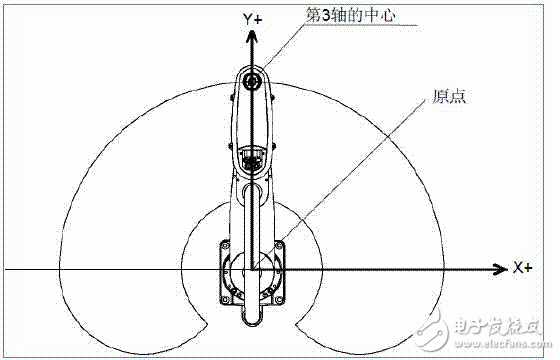
XY direction coordinates (front, rear, left and right)

Z direction coordinates (up and down) U direction coordinates (rotation)
(2) Vertical 6-axis robot coordinate system
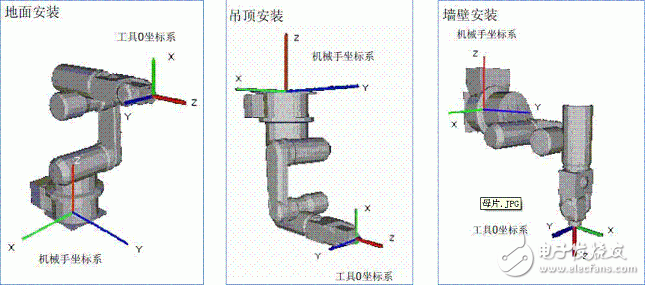
2, robot arm posture
(1) SCARA robot arm posture
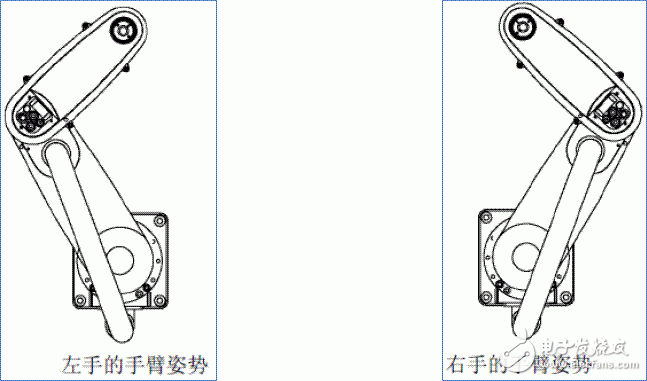
When working with a SCARA robot, it is necessary to operate the arm posture at the time of teaching at a specified point. If this is not done, depending on the posture of the arm, a slight positional shift may occur, or as a result of an unexpected path action, there is a danger of interference with peripheral devices. In order to avoid this, the arm posture at the time of action at this point must be specified in the point data (above). This information can also be changed from the program.
(2) Vertical 6-axis robot arm posture
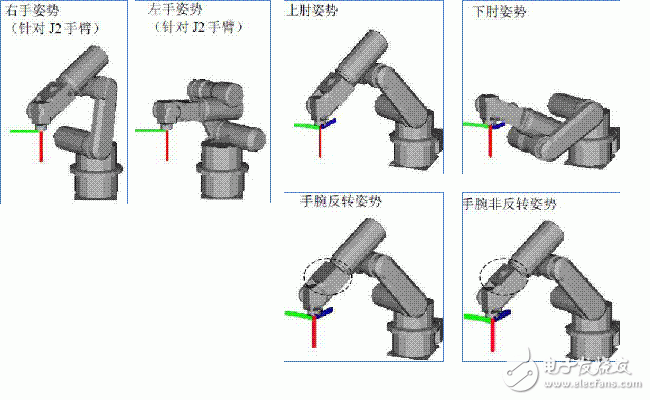
The vertical 6-axis robot can be operated with different arm postures at points within its range of motion, as shown above. This information can also be changed from the program.
3, the hardware and programming interface of the robot
Take the robot of a famous Japanese company as an example, the hardware system is composed as shown below.
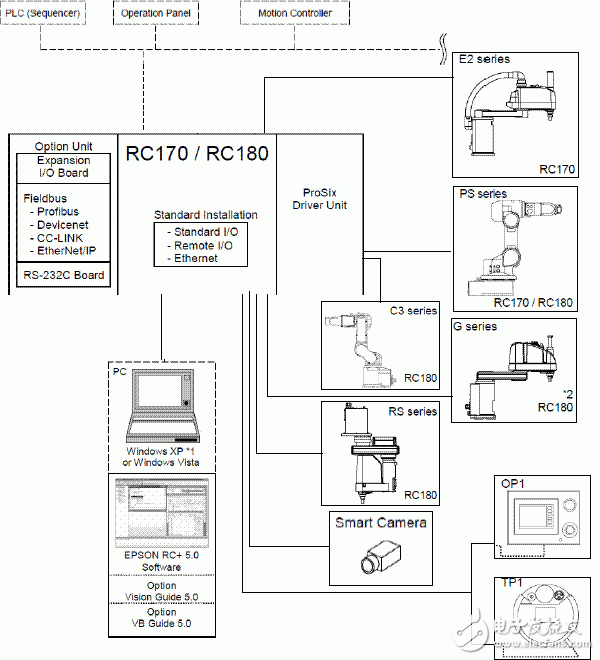
The user programming interface is shown in the figure below. The programming language is a BASIC-like high-level language that can be developed by users. It supports multitasking, motion control and I/O control.
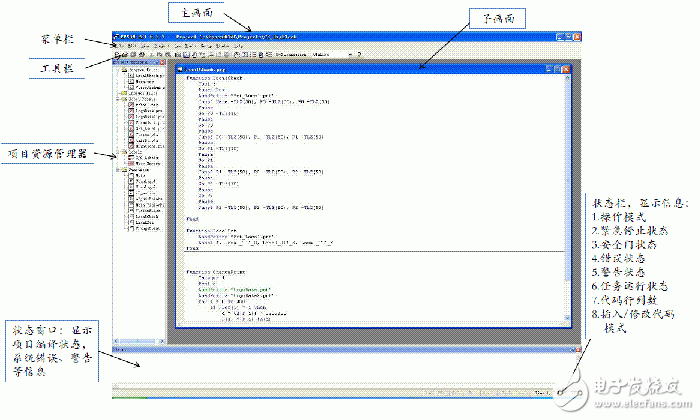
Third, the application industry and case of industrial robots
1. Photovoltaic cell handling field
The manufacture of the cell is subject to ten or so processes, each of which involves the handling of the cell; as the cell is getting thinner, the combination of high value and fine materials makes it a primary requirement to reduce the rate of debris in handling. Therefore, the excellent repeatability and high reliability of the robot are the first choice for this task. The following picture shows the battery handling three-axis robot developed by Weisong Company.
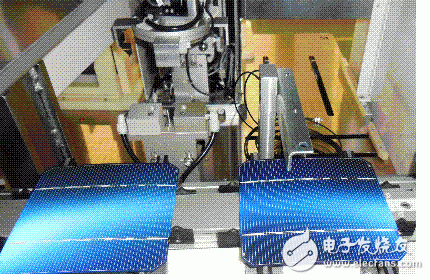
2. Application of PCBA test industry
PCBA (Printed Circuit Board + Assembly), the test of printed circuit boards is related to the quality of circuit boards and the life of enterprises. Under the dual pressures of current labor difficulties and product price reduction, it is an inevitable choice for enterprises to reduce or replace labor with robots. The following figure shows the dynamic detection process of the robot handheld circuit board.
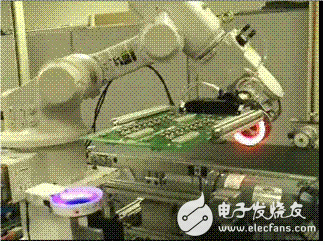
3. Assembly of low-voltage electrical products
Low-voltage electrical appliances generally include: circuit breakers, leakage switches, contactors, relays, and the like. These products are characterized by large output, stable demand, and complex assembly. The assembly robot production line can provide stable, efficient and repeatable operations.
The picture below shows the photo of the work station for installing the circuit breaker cover on the robot.

4. Coordination of robots with small welding and cutting equipment
With the miniaturization and lower prices of robots and laser equipment, large robot welding methods like the automotive industry are widely used in the small robot welding industry in the non-automotive field. Such as pattern cutting of metal sheets, welding of lithium batteries, cutting and welding of plastic products. Due to the complexity and variety of the trajectory, the 6-axis robot application is the main application. The picture below shows a photo of the fine cutting operation of non-standard small parts.

5, pellet production line
Electronic ICs, patch components; pharmaceutical capsules, tablets, capsules; food chocolates, candy, etc. are all granular products. The application of robots in such occasions is mainly to take and discharge materials. The precision requirements are general, but the speed requirements are very high, and the operation is stable for 24 hours. The picture below shows the candy packaging production line.

6. Quantitative packing production line for flexible packaging products
In order to facilitate transportation and storage, the quantitative packing of products is almost all over the industry; for example, beverages, beer, milk in the catering industry; injections and granules in the pharmaceutical industry; small parts in the hardware industry. Quantitative packing is the transfer of the product from the conveyor belt to the box by vacuum or claws according to the capacity of the box, which can be transferred one or more at a time. The following figure shows a schematic diagram of the packaging line for flexible packaging products using special fixtures.
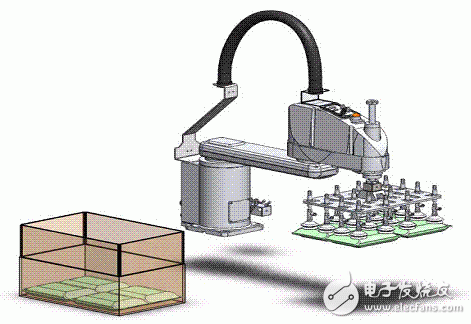
4. Microsong's work in the field of robotics engineering
Microsong has done the following work mainly in the fields of semiconductor and photovoltaic:
Wafer and photovoltaic cell transfer robots; Microsong Company has customized 3D/4-axis wafer pre-positioning robots in combination with customer requirements; 4-axis single/hand wafer transfer robot; 3-axis offline/4-axis online battery Precision slot robot; large-stroke wafer box hoisting mobile robot, the above products have been replaced by imported products, installed at the user end. Next, Weisong will work creatively on SCARA and 6-axis tandem robots to reward customers and society. 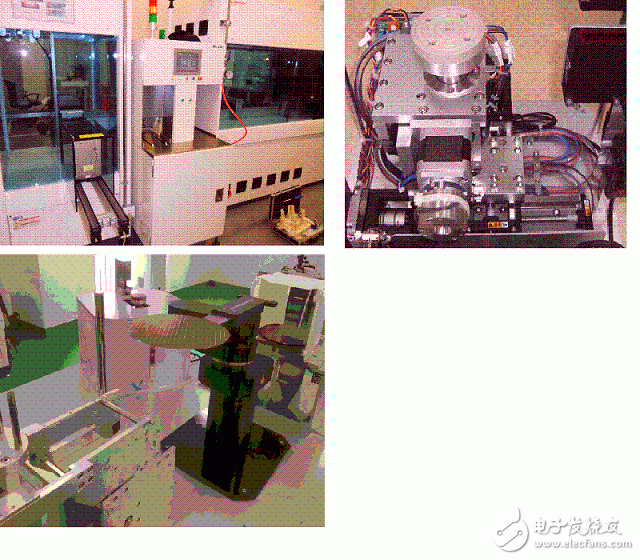
50hz to 60hz frequency converter.50hz to 400hz Frequency Converter
Frequency Inverter,Frequency Converter,Static Frequency Converter,Voltage And Frequency Converter
Jinan Xinyuhua Energy Technology Co.,Ltd , https://www.xyhenergy.com